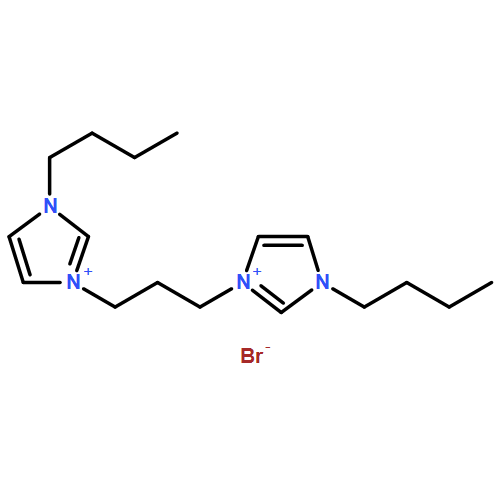Co-reporter: Anneke Krüger, L. Jonas L. Häller, Helge Müller-Bunz, Olha Serada, Antonia Neels, Stuart A. Macgregor and Martin Albrecht
pp: 9911-9920
Publication Date(Web):30 Aug 2011
DOI: 10.1039/C1DT11116G
Rhodation of trimethylene-bridged diimidazolium salts induces the intramolecular activation of an alkane-type C–H bond and yields mono- and dimetallic complexes containing a formally monoanionic C,C,C-tridentate dicarbene ligand bound to each rhodium centre. Mechanistic investigation of the Calkyl–H bond activation revealed a significant rate enhancement when the carbene ligands are bound to the rhodium centre via C4 (instantaneous activation) as compared to C2-bound carbene homologues (activation incomplete after 2 days). The slow C–H activation in normal C2-bound carbene complexes allowed intermediates to be isolated and suggests a critical role of acetate in mediating the bond activation process. Computational modelling supported by spectroscopic analyses indicate that halide dissociation as well as formation of the agostic intermediate is substantially favoured with C4-bound carbenes. It is these processes that discriminate the C4- and C2-bound systems rather than the subsequent C–H bond activation, where the computed barriers are very similar in each case. The tridentate dicarbene ligand undergoes selective H/D exchange at the C5 position of the C4-bound carbene exclusively. A mechanism has been proposed for this process, which is based on the electronic separation of the abnormal carbene ligand into a cationic N–C–N amidinium unit and a metalla-allyl type M–C–C fragment.
Co-reporter: Anneke Krüger, L. Jonas L. Häller, Helge Müller-Bunz, Olha Serada, Antonia Neels, Stuart A. Macgregor and Martin Albrecht
pp: NaN9920-9920
Publication Date(Web):2011/08/30
DOI: 10.1039/C1DT11116G
Rhodation of trimethylene-bridged diimidazolium salts induces the intramolecular activation of an alkane-type C–H bond and yields mono- and dimetallic complexes containing a formally monoanionic C,C,C-tridentate dicarbene ligand bound to each rhodium centre. Mechanistic investigation of the Calkyl–H bond activation revealed a significant rate enhancement when the carbene ligands are bound to the rhodium centre via C4 (instantaneous activation) as compared to C2-bound carbene homologues (activation incomplete after 2 days). The slow C–H activation in normal C2-bound carbene complexes allowed intermediates to be isolated and suggests a critical role of acetate in mediating the bond activation process. Computational modelling supported by spectroscopic analyses indicate that halide dissociation as well as formation of the agostic intermediate is substantially favoured with C4-bound carbenes. It is these processes that discriminate the C4- and C2-bound systems rather than the subsequent C–H bond activation, where the computed barriers are very similar in each case. The tridentate dicarbene ligand undergoes selective H/D exchange at the C5 position of the C4-bound carbene exclusively. A mechanism has been proposed for this process, which is based on the electronic separation of the abnormal carbene ligand into a cationic N–C–N amidinium unit and a metalla-allyl type M–C–C fragment.
